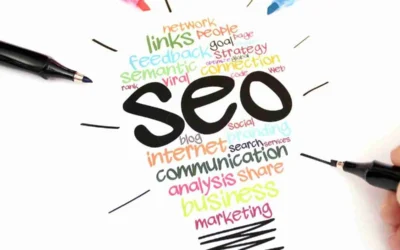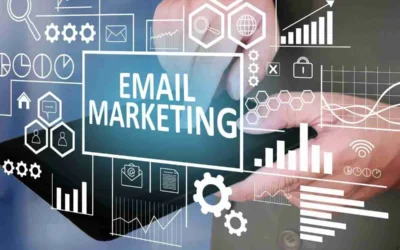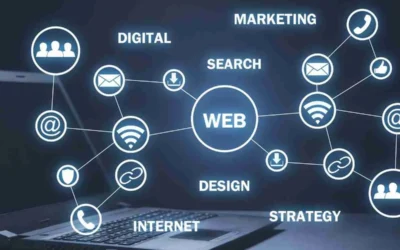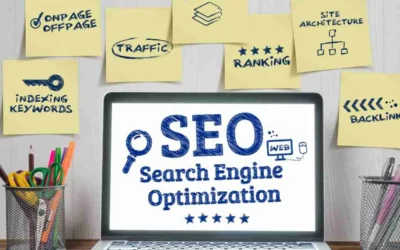Technology has changed everything, including logo design. A logo is the face of a brand and plays a big part in brand identity, recognition and recall. With the internet and social media, logos have never been more important and technology has never made it easier to create a memorable and effective logo.
But with so many options and tools out there, it can be overwhelming for small business owners to navigate the world of logo design. So we’ve put together this guide to help you understand the impact of technology on logo design and give you practical tips and tricks to create a logo that stands out in today’s digital world.
The Impact of Technology on Logo Design
In the past logo design was a long process of sketching, drafting and refining ideas until a final design was approved. But with technology, the process has become more streamlined, efficient and accessible to small business owners.
One of the biggest impacts of technology on logo design is the ability to create logos that are responsive and scalable. With the rise of mobile devices and different screen sizes, logos need to be adaptable and optimised for different platforms. A logo that looks great on a website might not look as good on a social media profile, so you need to design a logo that can be resized and adapted to different digital formats.
Another way technology has changed logo design is by making it easier to add digital effects and animation. Animated logos can grab the viewer’s attention and leave a lasting impression, so they’re a big trend in logo design right now. With various software and design tools, small business owners can create amazing animated logos without the need for expensive software or special skills.
Key Elements of a Successful Logo in the Digital Age
In the digital age, successful logos need to have certain key elements to stand out in a crowded digital world. Here are the most important ones to consider when designing a logo:
- Simplicity: A logo must be simple and easy to read, even when viewed small or at a glance. A complicated logo will confuse and distract the viewer and make it hard to build brand recognition.
- Memorability: A logo must be memorable and unique, so the viewer can recall and recognise the brand.
- Relevance: A logo should relate to the brand it represents, reflect the brand’s values, identity and personality.
- Scalability: A logo must be scalable and adaptable, so it can be used in different formats and sizes without losing quality or clarity.
- Timelessness: A logo should be designed with longevity in mind, so it can stand the test of time and remain relevant and recognisable for years to come.
Practical Tips and Tools for Designing and Refining a Logo
Now that you know the key elements of a successful logo, here are some practical tips and tools for designing and refining a logo using technology:
- Research and Inspiration: Before you start designing a logo, research and gather inspiration from other logos in your industry and beyond. This will give you an idea of current design trends and what works and what doesn’t.
- Sketching and Drafting: Sketching and drafting your ideas on paper can be a great way to explore different concepts and refine your ideas before moving to digital design.
- Online Design Tools: There are various online design tools available, such as Canva, LogoMaker and Logojoy, that can help you create a logo quickly and easily without the need for special design skills.
- Professional Designers: If you feel you don’t have the skills or time to design your own logo, working with a professional designer can be a good option. A professional designer can bring their experience and expertise to the table to help you create a logo that represents your brand and appeals to your target audience. They can also make sure your logo is designed with scalability and responsive design in mind so it looks great on any device or platform. When choosing a designer, make sure to review their portfolio, check their references and communicate clearly about your goals and vision for your logo. With the right designer, you can create a logo that sets you apart in the digital world.
A logo that’s too complicated or has too much detail can become unreadable or unrecognisable when resized. So keep it simple and adaptable.
When designing a logo using technology, there are many tools and software to help you create a professional looking logo. For example Canva is an online graphic design tool that allows users to create logos, social media graphics and other design elements quickly and easily. Other popular tools are Adobe Illustrator and Sketch which are more advanced design programs that require more skill and expertise.
But remember technology is not a substitute for professional expertise. Working with a professional graphic designer who has experience in logo design can be a worthwhile investment for small businesses looking to create a top-notch logo. A professional designer can explain the key elements of successful logo design, guide you through the process and make sure your final logo meets the highest standards of quality and effectiveness.
In summary, technology has changed logo design in the digital world and made it easier than ever for small business owners to create a logo that’s memorable and effective. By focusing on the key elements of successful logo design – responsiveness, scalability and simplicity – and using the tools and resources available, small business owners can create a logo that represents their brand and stands out in the digital world. And if you’re not confident in your design skills, working with a professional designer can bring valuable expertise and guidance to help your brand succeed.
So go ahead and create your logo now. If you need help with logo or your brand online get in touch with Ranksbetter. We’re here to help you succeed. 😉️










0 Comments